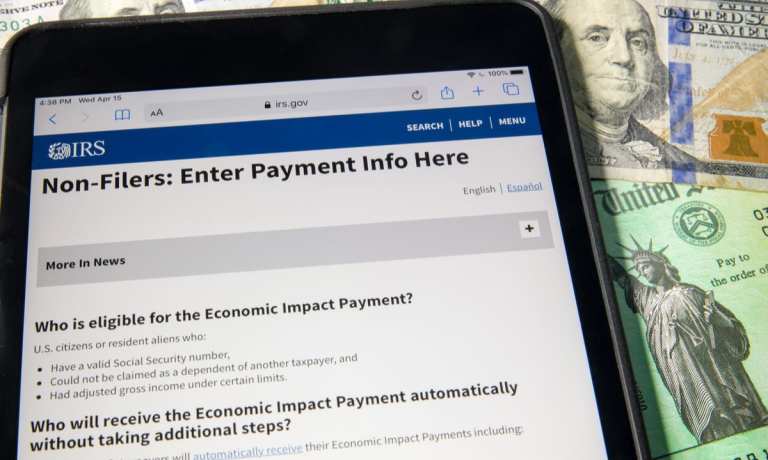Treasury Disbursed $242 Billion In Relief Funds To 90 Million Americans

President Joe Biden’s $1.9 trillion American Rescue Plan released its first tranche of pandemic relief, so far distributing an estimated $242 billion in payments to approximately 90 million people.
Payments were largely electronic and directly deposited into people’s bank accounts but the Treasury also mailed about 150,000 paper checks or debit cards totaling around $442 million, according to a Wednesday (March 17) press release from the Treasury Department.
As of Wednesday, everyone in the first batch using direct deposit will now be able to see the money deposited into their bank accounts. The Treasury will continue to release money in tranches over the next several weeks.
“The first batch of payments primarily went to eligible taxpayers who provided direct deposit information on their 2019 or 2020 returns, including people who don’t typically file a return but who successfully used the Non-Filers tool on IRS.gov last year,” according to the press release.
Over 35 million people used the “Get My Payment” tool on IRS.gov as of this past weekend. The tool is updated as soon as new information becomes available.
The stimulus payments are intended to help people struggling due to the economic difficulties caused by the COVID-19 pandemic. The first relief payment was $1,200 to individuals and the second was $600. This latest payment will give most individuals $1,400, including children.
March and April of this year will be a significant time for the U.S. economy, which has taken a pandemic-fueled hit as people locked down and all but essential businesses closed. With everyone largely staying home, people began squirreling money away, contributing to $2.9 trillion in savings worldwide. If people start spending and use the new relief payment for goods and services, that would help the economy recover faster.
Retail investors are expected to use 37 percent of their $1,400 in relief money for the stock market. There is some fear that people might decide to save the money, as they did in previous stimulus rounds. Economists indicated that another surge in stimulus savings would stunt economic growth.